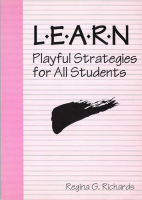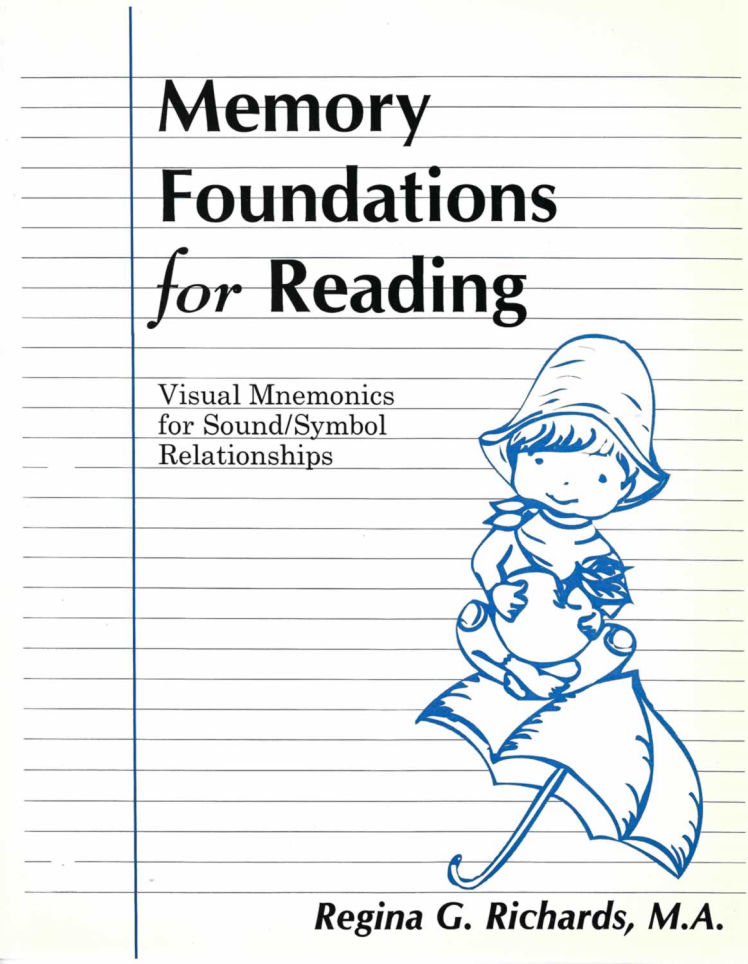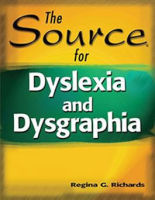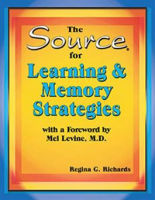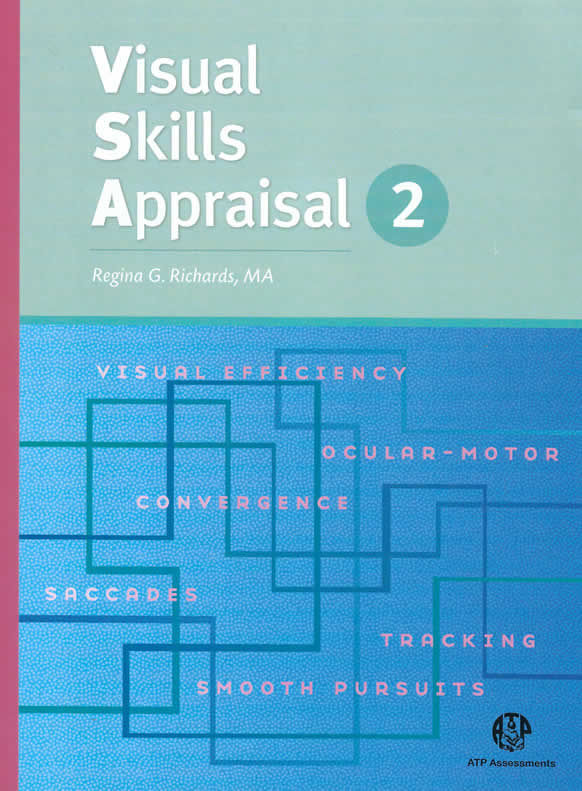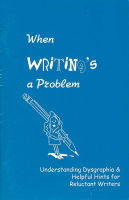Books
Classroom Visual Activites - 2 (CVA-2)(2019)
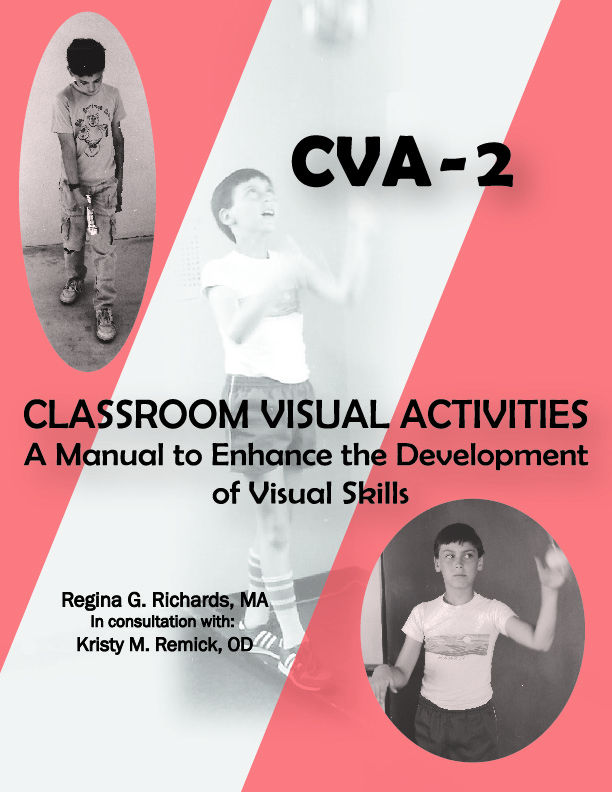
Available on Amazon (Kindle format)
Ages: 5-18
Vision is the primary tool through which traditional learning takes place, and many times a child’s problems in vision will limit success in the classroom. Sight is the ability to see, but true vision is the result of the ability to interpret and understand the information that comes through ones’ eyes. Only when a child has efficient interpretive skills, does he/she then possess the foundations or prerequisites needed to fully benefit from classroom instruction and work.
The purpose of CVA-2 is to assist a teacher, therapist or parent by providing suggestions for classroom activities designed to enhance a student’s visual skills. Once visual skill difficulties have been identified, the adult can be a powerful initiator of change regarding the child’s visual skills. Ideally, the student will enhance visual interpretation strategies through the development of more efficient near to far focusing and smoother eye movements.
The CVA-2 tasks may be used with almost any age group. For younger students, make the activities more game-like and use analogies. For example, if you are asking the student to put a smaller straw within a larger one, instead of saying “pierce the straw”, you might say “dock your rocket ship”. For older students, the adult may use more sophisticated and sports-related language.
CVA-2 presents a wide variety of activities which cover skills such as general muscle movement, specific muscle movement, pursuits, scanning, locating/saccades, near/far shifts (aligning), and visually guided movements. A chart identified the specific skills each activity covers.
A foundation in visual efficiency is critical. It enables students to develop a greater efficiency of work habits and skill development. While vision assistance will not treat dyslexia or other learning issues, this assistance will remove a barrier which could interfere with appropriate learning.
Eli, the Boy Who Hated to Write: Understanding Dysgraphia (2nd edition, 2008)
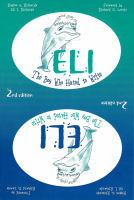
Available on Amazon
Rick Lavoie writes in the forward:
Did you ever have a job where there was one solitary task that you abhorred or dreaded? You constantly dreaded the day that your superior entered your office to announce that it was time to approach this distasteful and fear-filled activity. You were anxious, frightened and disheartened. This is the way that Eli Richards, and every child who struggles with dysgraphia, felt each time he heard a teacher say the dreaded words, “Everyone take out a piece of paper. I want you to write a composition!”
Eli is a bright student with an extensive repertoire of interests and talents. He has a rich and vibrant vocabulary and an impressive fund of background information and facts. But he couldn’t write. Every aspect of the writing process -- handwriting, note taking, spelling, syntax, semantics, word choice, etc., was a mystery for him. His fluency and fluidity with language came to a frightening and screeching halt whenever he sat in front of a blank piece of paper. As he progressed through the grades, composition skills became increasingly important --and increasingly frustrating and frightening.
But Eli’s story is not merely a tale of failure and struggle. It is also a story of support, faith, and small victories. Dysgraphia is among the least understood aspects of learning disorders. This complex problem has a confusing collection of symptoms and manifestations. Eli, The Boy Who Couldn’t Write puts a human face on this puzzling disorder. It’s a charming and insightful narrative.
But this book is not only about struggles. It also offers solutions. At the conclusion of Eli’s narrative, his mother, Regina, who has come to be recognized as one of the nation’s foremost experts on this puzzling disorder, provides a detailed but understandable list of dysgraphia’s symptoms and etiology. You will come to recognize the dysgraphic students in your own classroom. Regina offers field-tested strategies and approaches to use with the child. By combining her unparalleled experiences as a teacher and consultant, with her experiences as Eli’s Mom, she approaches this task with the mind of a professional and the heart of a parent. An unbeatable combination.
L.E.A.R.N: Playful Strategies for All Students (1993, 2001)
